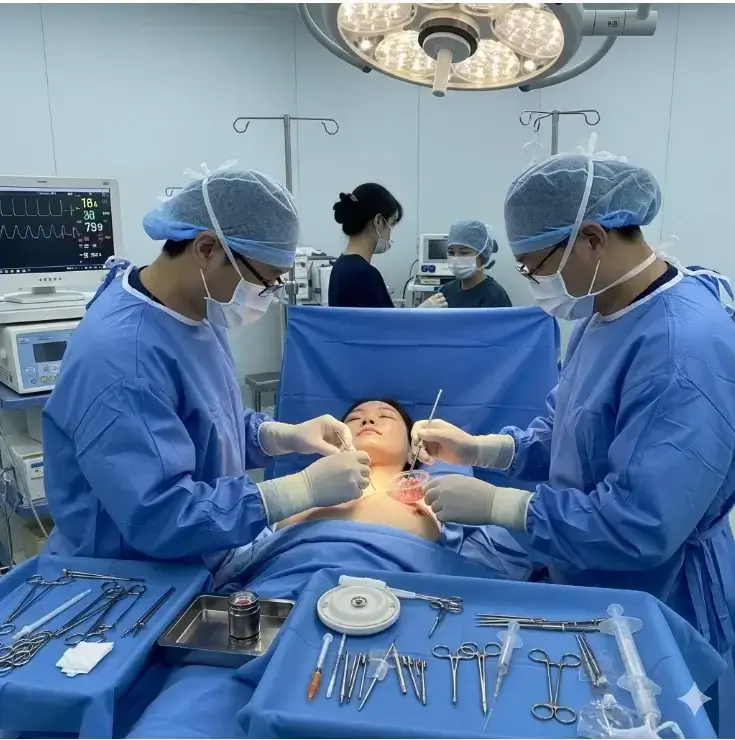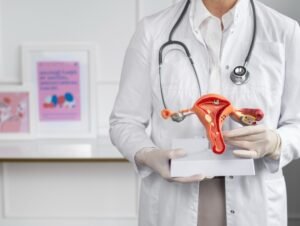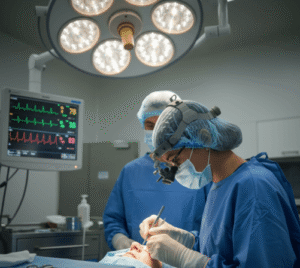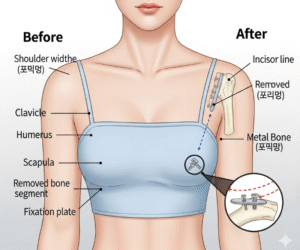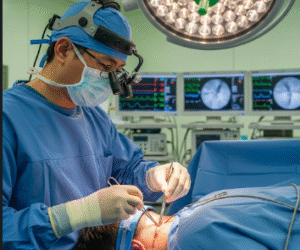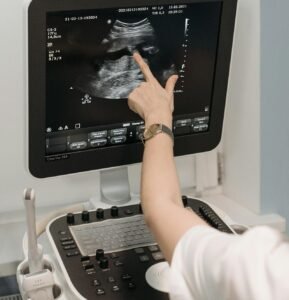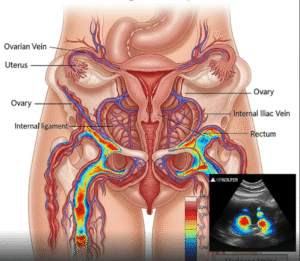What It Is
360-degree liposuction is a comprehensive fat-removal procedure that targets the entire midsection—including the abdomen (upper and lower), flanks (“love handles”), waistline, and back—in one session. Unlike traditional liposuction that may focus on a single area, this approach provides full-circumference contouring for a balanced, sculpted figure.
In Korea, clinics often combine this with high-definition liposuction techniques to enhance muscle definition and ensure smooth, natural results.
Why It’s Done
- Cosmetic reasons:
- Achieves a slimmer, more defined waistline.
- Creates proportional body contours by addressing fat from all angles.
- Enhances body harmony, often complementing other procedures like fat grafting or abdominoplasty.
- Medical or lifestyle reasons:
- May be chosen by patients who have stubborn fat deposits resistant to diet and exercise.
- Patient factors:
- Best suited for healthy adults with good skin elasticity.
- Not recommended for those with severe obesity, uncontrolled medical conditions, or poor skin tone.
Alternatives
- Surgical: Traditional liposuction targeting only one region, or tummy tuck (abdominoplasty) if excess skin is a concern.
- Minimally invasive: Laser lipolysis, ultrasound-assisted liposuction, or radiofrequency body contouring.
- Non-surgical: Cryolipolysis (fat freezing), injectable fat-dissolving treatments, or lifestyle interventions.
Preparation
- Consultations: Includes a full medical history, physical exam, and sometimes imaging or body analysis.
- Tests: Blood tests, cardiac evaluation if needed.
- Lifestyle adjustments: Patients are typically advised to stop smoking, avoid alcohol, and maintain a stable weight.
- Medication restrictions: Avoid blood thinners, certain supplements, and anti-inflammatory drugs before surgery.
How It’s Done
- Anesthesia: Usually general anesthesia for larger areas; sometimes IV sedation for smaller-volume procedures.
- Tumescent infiltration: A saline solution mixed with lidocaine and epinephrine is injected into the fat layer to reduce bleeding and ease fat removal.
- Fat removal: Cannulas are inserted through small incisions around the midsection to suction fat circumferentially.
- Sculpting: Surgeons contour the waist, abdomen, flanks, and back evenly to avoid irregularities.
- Procedure type: Surgical, minimally invasive compared to open surgeries.
- Duration: Typically 2–4 hours depending on fat volume.
- Hospitalization: Usually outpatient, but overnight stay may be recommended for high-volume liposuction.
Recovery
- Downtime: Most patients can walk the same day; return to desk work in 5–7 days.
- Healing: Swelling and bruising peak within the first week, then gradually subside over 4–6 weeks.
- Garments: Compression garments are worn for 4–6 weeks to support healing and shape.
- Follow-up: Regular checkups are scheduled to monitor recovery and results.
- Return to activity: Light activity resumes in a few days; strenuous exercise is avoided for about 4–6 weeks.
Possible Complications
- Short-term: Bruising, swelling, temporary numbness, or fluid accumulation (seroma).
- Long-term: Irregular contours, loose skin, or asymmetry.
- Rare: Infection, fat embolism, skin burns (if energy-assisted methods are used), or complications from anesthesia.
Treatment Options in Korea
Diagnosis
Korean clinics usually employ 3D body scans and imaging systems to analyze fat distribution and plan surgery precisely.
Surgical & Advanced Therapies
- 360-degree liposuction often incorporates technologies like laser-assisted liposuction, ultrasound, or radiofrequency for smoother skin retraction.
- Some clinics offer high-definition (HD) liposuction, which sculpts around muscle groups for a toned look.
- Fat removed during 360-lipo is sometimes purified and reused for fat grafting (e.g., breast or buttock augmentation).
Rehabilitation & Support
- Aftercare includes compression garment management, manual lymphatic drainage, and scar care.
- Many Seoul clinics provide multilingual coordinators, concierge services, and recovery packages tailored for international patients.

